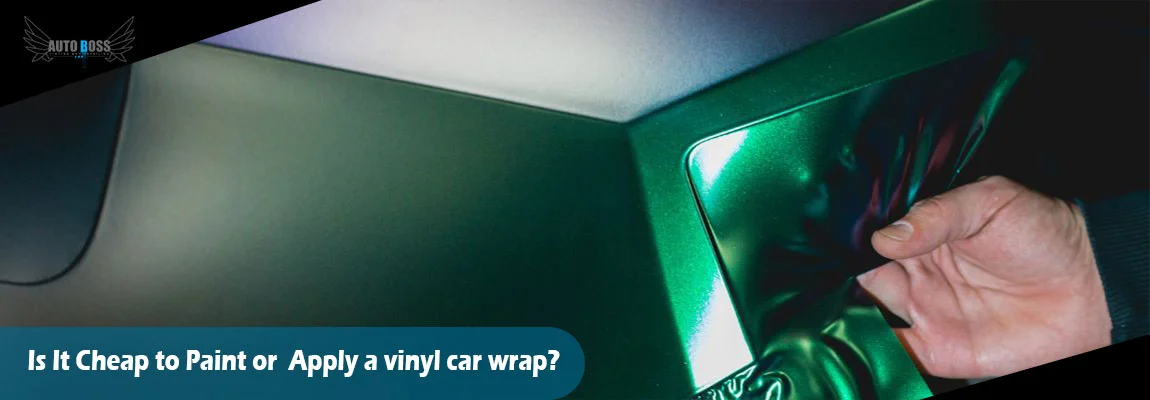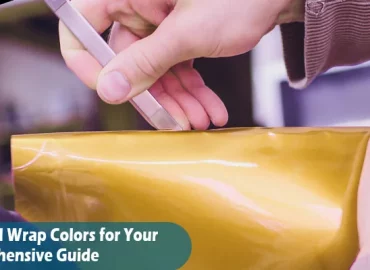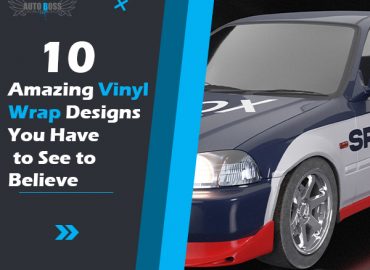When it comes to giving your car a fresh, new look, two popular options often come to mind: painting and applying a vinyl car wrap. Both methods can transform your vehicle’s appearance. But they come with varying costs and considerations. Here, we will guide you about automotive aesthetics. It will help you to decide whether it’s cheaper to paint or wrap your car.
Painting Your Car
The Paint Job Process
Painting a car involves a multi-step process that includes:
Surface Preparation
This step involves sanding and priming to ensure a smooth and clean surface for the paint to adhere to.
Painting
The actual application of paint involves several coats. The costs are a base coat, a color coat, and a clear coat for protection and gloss.
Drying and Curing
After painting, the car needs time to dry and cure, which can take several days.
Cost of Painting
The painting cost varies depending on several factors:
Type of Paint
The type of paint you choose plays a large role in the cost. High-quality paint is more expensive but offers better durability and finish.
Labor Costs
Labor costs include the time and expertise required to prepare, paint, and finish the vehicle. Skilled painters may charge more for their services.
Prep Work
If your car has imperfections or rust, you will need extra preparation work, driving up the cost.
Location
Prices can vary based on your location, with urban areas charging higher rates.
Customization
Special effects, designs, or custom colors will increase the cost.
Pros of Painting
Here are some benefits of painting your car
Durability
A well-done paint job can last for many years, especially if you observe proper care and maintenance.
Customization
Painting allows for extensive customization, including unique colors and designs.
Professional Finish
A professional paint job often results in a high-quality finish that’s hard to match with other methods.
Cons of Painting
Some benefits of car painting include
Cost
Painting is generally more expensive than wrapping due to materials, labor, and time.
Time-Consuming
The process of painting a car takes time, often several days to complete.
Limited Reversibility
Paint is permanent, making it difficult to change or undo once applied.
Applying a vinyl car wrap
The Wrapping Process
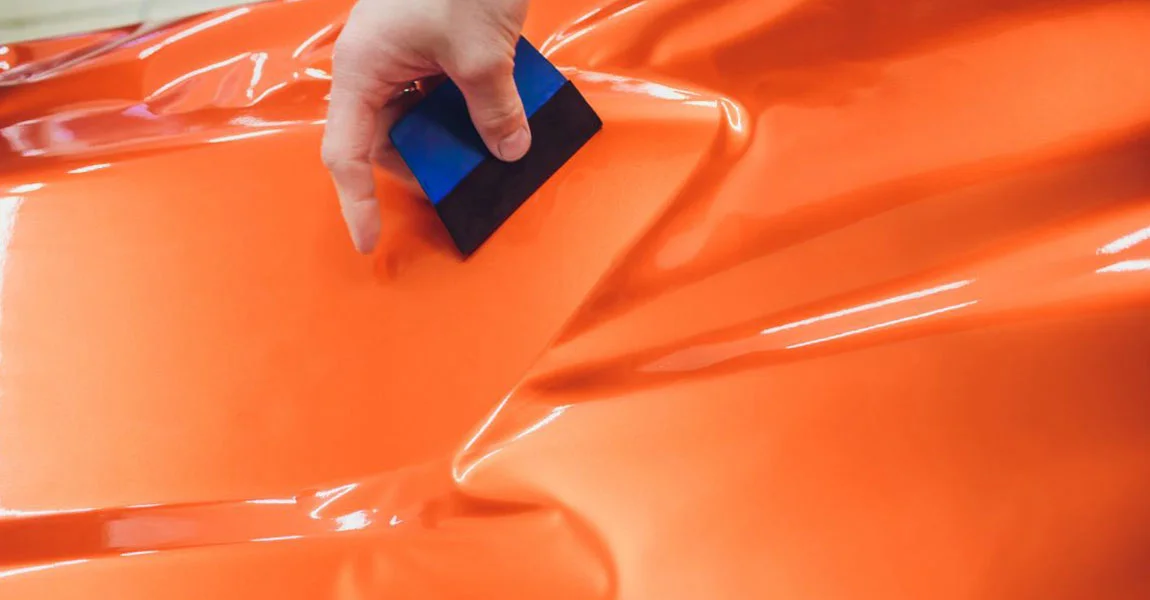
Car wrapping is a process that involves covering the vehicle’s exterior with vinyl sheets. Here’s an overview of the steps:
Surface Cleaning
You need to clean the car’s surface to ensure proper adhesion.
Vinyl Application
You have to apply vinyl sheets to the car’s body with skilled technicians stretching and smoothing the material to eliminate bubbles and wrinkles.
Trimming
Excess vinyl is trimmed. It would be best if you had precise cuts around door handles, windows, and other features.
Finishing
Heat the wrap and press to ensure it adheres to the vehicle’s contours.
Cost of Wrapping
The cost of wrapping a car is generally lower than a paint job, but several factors still influence it:
Quality of vinyl car wrap
The type and quality of vinyl used can affect the price. Premium vinyl may cost more but offers better durability.
Labor Costs
Although Skilled installers charge more for the services, expertise ensures better results.
Complexity of Design
Elaborate designs or complex vinyl car wrap can increase the cost.
Size of the Vehicle
Larger vehicles require more vinyl, so they are more expensive to wrap.
Location
As with painting, the cost may vary based on your location.
Like everything else car wrapping has some benefits and disadvantages, including:
Pros of Wrapping
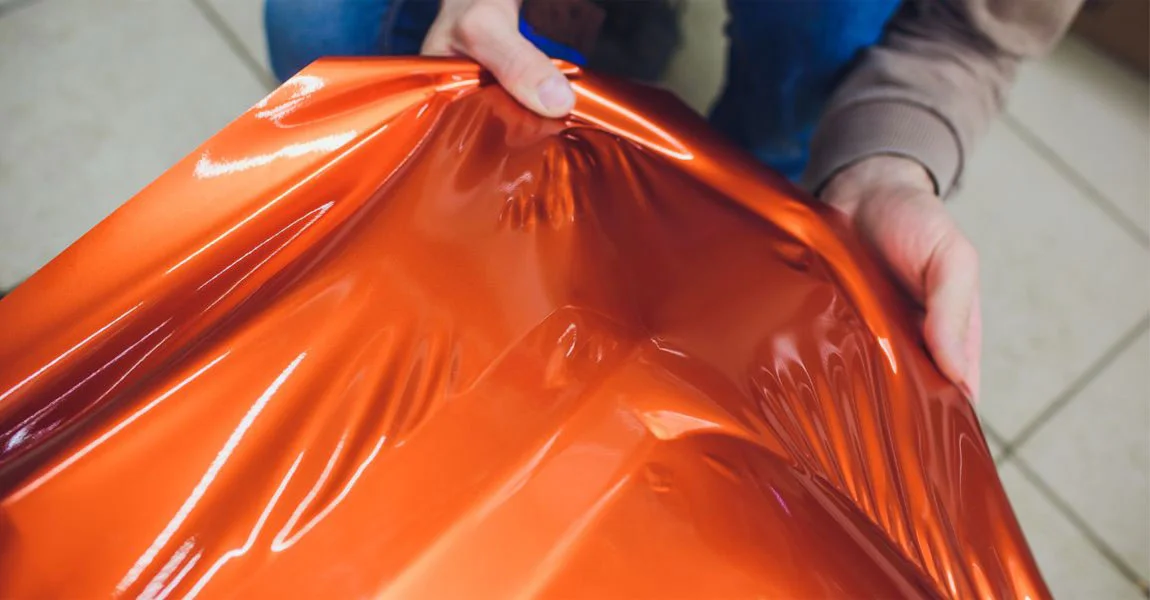
The advantages of vinyl wrapping include:
Cost-Effective
Wrapping is generally more affordable than painting. It makes it an attractive option for those on a budget.
Variety and Customization
Vinyl wraps are available in a lot of colors, textures, and finishes, allowing for extensive customization.
Protection
Wraps can protect your car’s paint from minor scratches and stone chips.
Reversibility
Unlike paint, wraps are not permanent. The original paint is not damaged when you remove it.
Cons of Wrapping
The disadvantages of vinyl wrapping include:
Durability
While vinyl wraps are durable, sharp objects and the environment can damage them more than paint.
Limited Lifespan
Wraps have a finite lifespan and may need to be replaced after a few years. It depends on factors like sun exposure and maintenance.
Limited Repair
You can not repair a damaged vinyl wrap. It can be challenging to repair, often requiring the replacement of the affected section.
Conclusion
Deciding whether it’s cheaper to paint or applying a vinyl car wrap depends on various factors. Factors include budget, customization preferences, and long-term goals for your vehicle’s appearance.
Painting offers a durable, high-quality finish but is often more expensive and time-consuming. It’s an excellent choice for those seeking a permanent transformation and have the budget to invest in a professional paint job.
But wrapping provides a cost-effective way to change your car’s look with a wide range of customization options. Wraps may not last as long as paint. They are susceptible to damage. They offer the advantage of reversibility. It makes it easier to change your car’s appearance down the road.
Personal preferences, budget constraints, and your specific vehicle goals determine the decision. Whether you choose to paint or wrap, both methods can breathe new life into your car and give it the fresh, unique look you desire.

